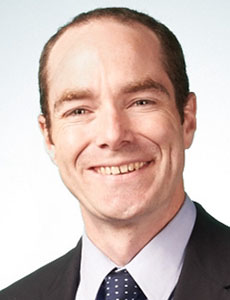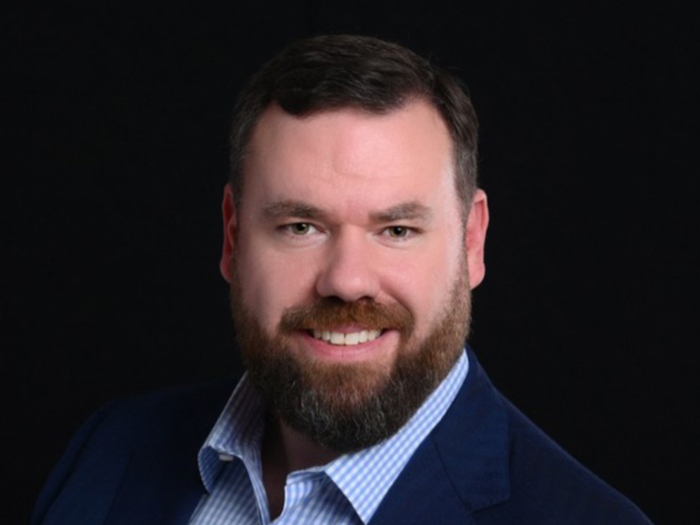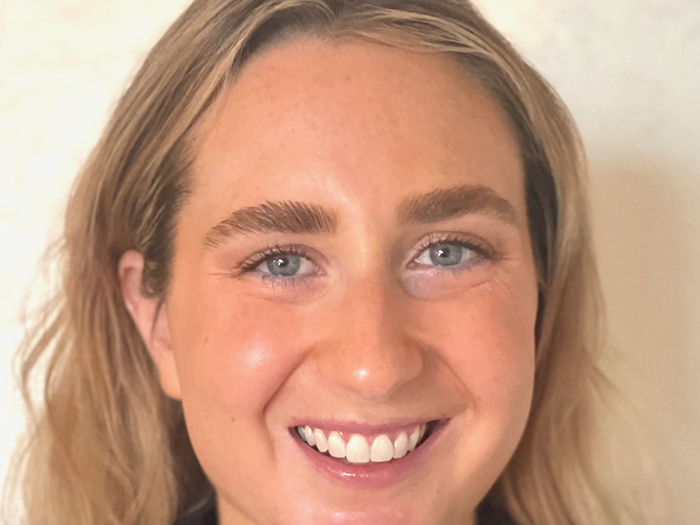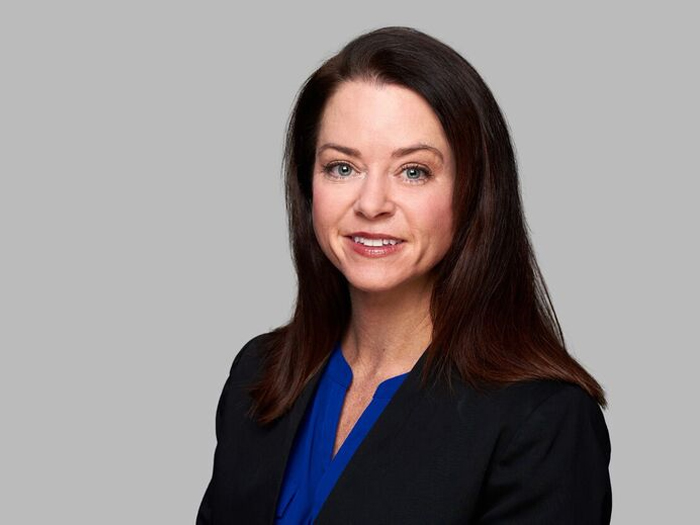The Key to Success in Captive Insurance? Look to Vermont’s Well-Honed Regulation Infrastructure

Forty years ago, Vermont enacted the Special Insurer Act of 1981.
It was among the first states, and arguably the most successful, given the growth and size of the captive sector in the Green Mountain State today, to authorize captive insurance companies.
Notably the state has also grown a considerable infrastructure of financial services, captive managers, attorneys, investment managers, actuaries and accountants with experience and expertise working with captive insurance.
The 1981 law stated that captive parents do not have to prove that insurance is not available in traditional markets, as is the case in other domestic domiciles.
It also stated that rate and form regulatory approval were also not required. Later that year, the state licensed its first captive, First Charter Insurance Co., formed by tire manufacturer B.F. Goodrich, to reinsure property risks. First Charter is still active today.
Ongoing, Consistent Growth
Like a good tire, the captive concept gained traction quickly.
By the end of 1982, Vermont had seen the first company transfer risk from an existing captive to its new Vermont captive, also its first industrial insured captive, as well as its first association, National Telecom Corp., which remains active in Vermont today.
The nascent segment finished 1982 with $5 million in total assets. By the end of 1983, assets had grown by an order of magnitude to $50 million, helped considerably by Alcoa Inc., the first Fortune 100 company to establish a Vermont captive.

Jesse D. Crary, shareholder, law firm Primmer Piper Eggleston & Cramer
By the end of 2020 Vermont had licensed a total of 1,197 captives, including 38 new ones that year. Of that cumulative total half, 589, still had current licenses, 564 active and 25 dormant. The sector had $212 billion assets under management, and $25.4 billion gross written premium.
“Our firm was in Vermont when the enabling legislation was enacted 40 years ago,” said Jesse D. Crary, a shareholder with law firm Primmer Piper Eggleston & Cramer.
“One of our founders, John Primmer, was the attorney who helped form the first captive in the state,” Crary continued.
“From there the team grew, and now we work with captives that have domiciles all over the U.S. and also some offshore. As a practice, we are a regional firm, but for captives, we are national. I am not aware of any other firm that has as much expertise in captives.”
The success that the state has had in captives is certainly due in part to the longevity and just as much to the nurturing.
“We were in very early; I think the second state to authorize captive insurance. But just being among the first is not enough. It has taken long-term commitment. There are other states that were also in early, and they are not large domiciles.”
“The accessibility to regulators and close relationships among industry partners make Vermont’s infrastructure special,” said Heidi Rabtoy, assistant chief examiner at the Vermont Department of Financial Regulation in Burlington.
That accessibility “allows captives’ opportunities to be realized and challenges to be discussed and resolved in a timely manner. Also, given our relatively small size, relationships are formed through daily interactions and further solidified through education and networking.”
As an assistant chief examiner, Rabtoy works with other members of the regulatory oversight team on examinations and analysis to ensure solvency of Vermont captives and adherence to department regulations and industry best practices.
“Through the exam process we oversee a variety of captives with unique business purposes and learn the details of their operations,” she said. “We build relationships with management and service providers, and perform procedures to identify and address areas of concern or best practice recommendations.
“Our regulatory model has been designed to detect concerns early and collaborate with department leadership and the company to ensure proper remediation takes place. Early detection and collaboration are part of our success as regulators in Vermont.”
Crary echoed that sentiment: “Vermont is a small state. Everyone knows everyone else, and reputation is everything. There is nowhere to hide. No attorney would compromise the whole sector to benefit one client. In that way the sector is self-policing.”
Partners in Progress
Every January there is a captive legislative day in Montpelier, organized by the VCIA.
“The purpose is housekeeping bills. Some are major initiatives, but most years it’s just tweaking. The important thing is that the bills are driven by the needs of the sector. That is what shocks people when they come here for the first time. People from other states are flabbergasted that there can be a partnership among legislators, regulators, the regulated companies and their service sectors,” Crary said.
“The accessibility to regulators and close relationships among industry partners make Vermont’s infrastructure special.” — Heidi Rabtoy, assistant chief examiner, Vermont Department of Financial Regulation
Crary is quick to add that does not mean legislators and regulators are just facilitators. Quite to the contrary: They are diligent about their responsibilities of oversight and control.
“The objective is balance. And continuity. We’ve had just three commissioners of insurance in 40 years. The regulatory team has experience. They don’t have to spin their wheels on things or chase shadows,” Crary said.
There have been similar tweaks to the investment requirements, noted Richard J. Litchfield, senior vice president, partner, and fixed-income portfolio manager for Maple Capital.
“Mandates were made less prescriptive and went back to more of the ‘prudent person’ rule: ‘Tell us how you plan to invest the assets and we will tell you if there is a problem.’ It is a refreshingly open-minded approach,” said Litchfield. “Forty years ago, investments were mostly limited to government bonds and investment-grade corporate debt. Other states are still very limited.”
“The same concept informs other aspects of captive structure in Vermont. There is a healthy degree of regulatory flexibility,” said Crary, “which gives innovation room. Captives can create sound, prudent approaches that might not be attractive to the commercial market. There are numerous examples of captives feeding innovation to support business growth.”
It is not uncommon at all levels of government for leaders in business and finance to move into administrative or regulatory positions. There is also flow in the other direction.
For example, Ian D. Davis, now captive insurance relationship manager at People’s United Bank, joined the institution after serving as director of financial services for the state Department of Economic Development.
Given the size of the captive sector in Vermont, the bank could be said to specialize in financial services to those entities. “Over the years, the bank has evolved and grown along with the domicile to support the diverse needs of captive owners,” Davis said. For the bank, that growth has extended to other states and countries.
Several sources noted that Vermont has a high captives retention rate. Davis credits the history, the regulatory environment, and the infrastructure for that aggregation.
“Transparency, accessibility and collaboration have been hallmarks of Vermont’s regulatory approach since 1981. We can have open conversations with clients and state regulators to arrive at a consensus solution.” &










